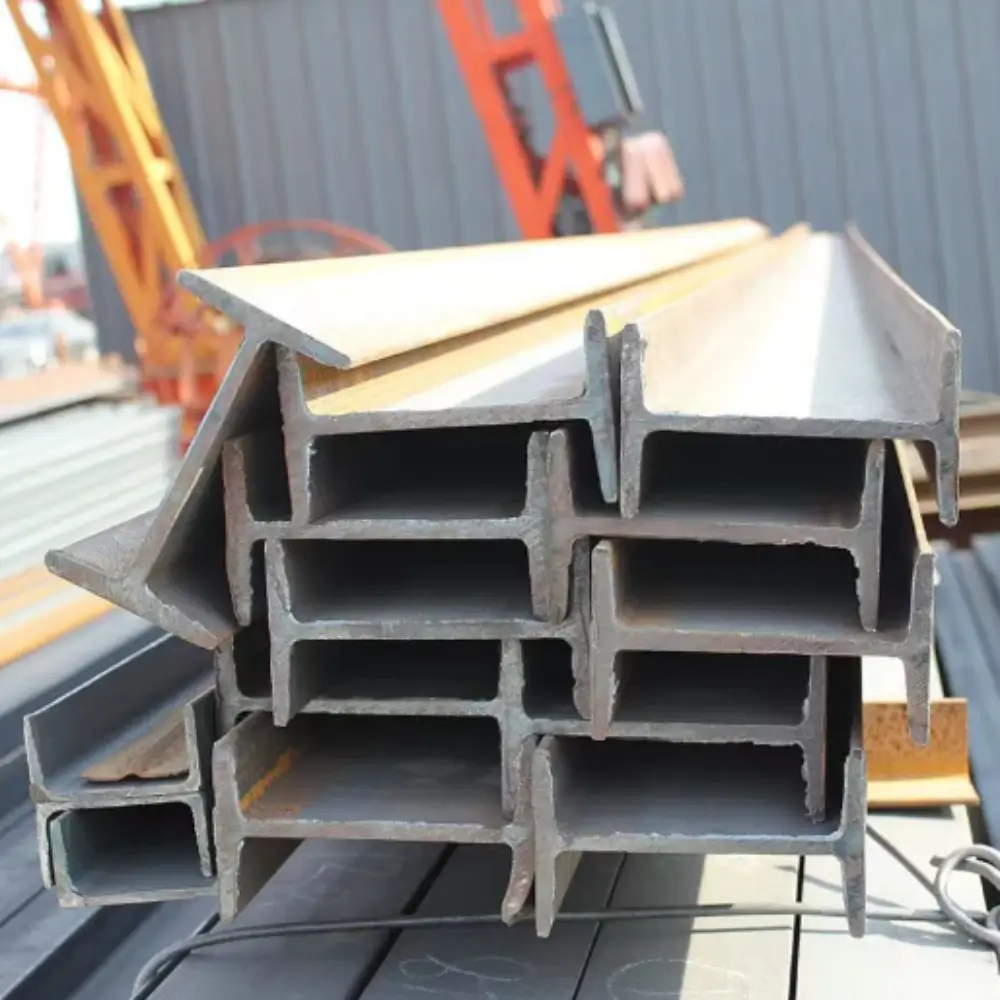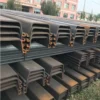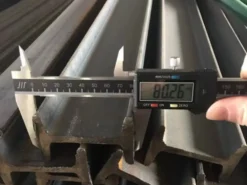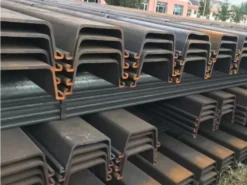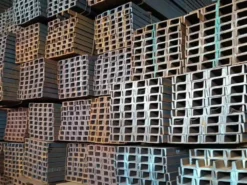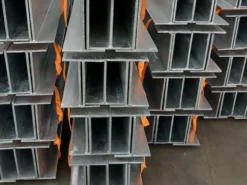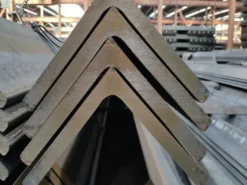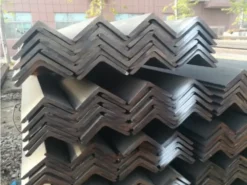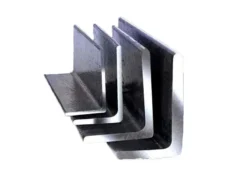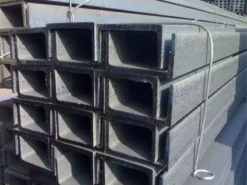I-beam, also known as Universal Beam, is a long strip of steel with an I-shaped cross-section. I-beam is divided into hot-rolled I-beam and light I-beam. It is a section steel with an I-shaped cross-section.
I-beams are mainly divided into three types: ordinary I-beams, light I-beams, and low alloy light I-beams.
The flange of ordinary I-beam and light I-beam is variable cross-section with thick web plate and thin outer surface; H-shaped steel: The flange of H-shaped steel such as HW HM HN HEA HEB HEM is of equal cross-section
Ordinary I-beam and light I-beam have formed national standards, and ordinary 10 # I-beam is equivalent to the international I100 (for example, 10 # channel steel is equivalent to channel steel U100) (due to the different standards implemented by different countries, their specifications have slight differences)
H-shaped I-beam, also known as wide flange I-beam, HW HM HN originates from European standards, HEB is a German standard I-beam, among which HW and HN I-beams have been widely used and produced in China. HEA HEB HEM can be seen on many German design drawings and is still difficult to purchase in the domestic market. In domestic steel Structural engineering, if the quantity is small, steel plates of the same specification can be used for welding and splicing. If the quantity is large, it is usually considered to use HW and HN steel with mechanical properties equivalent to it instead.
HW I-beam is mainly used for steel core columns in reinforced concrete frame structures, also known as rigid steel columns; Mainly used for columns in steel structures
The ratio of height to flange width of HM steel is approximately 1.33~1.75, mainly used as steel frame columns in steel structures and as frame beams in frame structures under dynamic loads; For example: device platform
The ratio of HN steel height to flange width is greater than or equal to 2; Mainly used for beams
The use of ordinary I-beams is equivalent to that of HN beams;
Regardless of whether the I-shaped steel is ordinary or lightweight, due to its relatively high and narrow cross-sectional dimensions, there is a significant difference in the moment of inertia between the two main axes of the section. Therefore, it can only be directly used for components that are bent in the plane of its web or to form a lattice load-bearing component. It is not suitable to use axial compression components or components with bending perpendicular to the web plane, which limits their application range.
H-shaped steel belongs to efficient and economical cutting profiles (including cold-formed thin-walled steel, profiled steel plates, etc.). Due to their reasonable cross-sectional shape, they can enhance the efficiency of the steel and improve its load-bearing capacity. Unlike ordinary I-beams, the flange of H-beams has been widened, and the inner and outer surfaces are usually parallel, making it easier to connect with high-strength bolts and other components. Its size composition series is reasonable, and the models are complete, making it easy to design and choose.
Ordinary I-beam and lightweight I-beam, due to their relatively high and narrow cross-sectional dimensions, have a significant difference in the moment of inertia between the two main sleeves of the cross-section. Therefore, they can generally only be directly used for components that are bent in their web plane or formed into lattice load-bearing components. It is not suitable to use axial compression components or components with bending perpendicular to the web plane, which limits their application range. The use of I-beams should be selected according to the requirements of the design drawings.
16# I-Beam
Welcome! Thank you for your attention to our company’s products. Our steel products are designed to meet your project needs and quality. We hope you can find satisfactory products during browsing, and let us provide you with a satisfactory purchasing experience. We look forward to providing you with quality products and services!

